
Hauling water, another day in the life of Utah Navajos
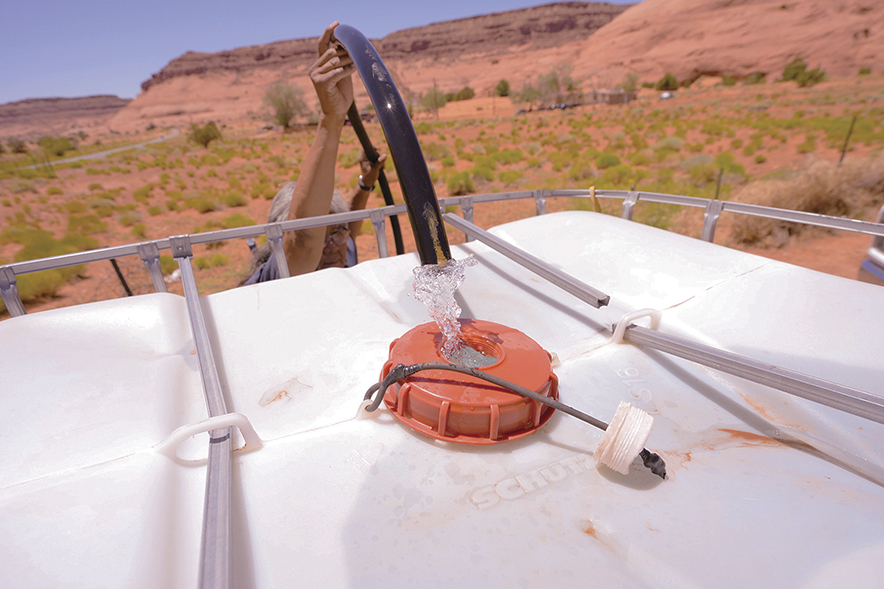
Special to the Times | Donovan Quintero
Water begins to spew out of Harry Nez’s 275-gallon water tote as he begins to pull the water hose from it on Sunday in Oljato, Utah. Nez said he has been hauling water all his life and does not foresee stopping anytime soon.
By Donovan Quintero
Special to the Times
OLJATO, Utah – Aside from possibly breaking an axle from hauling nearly 2,300 pounds of water in a 275-gallon tote for up to 60 miles, burning gallons of fuel per round trip, traversing across bumpy and rocky roads, and then waiting for at least a couple of hours, locals here consider it a regular part of their lives.
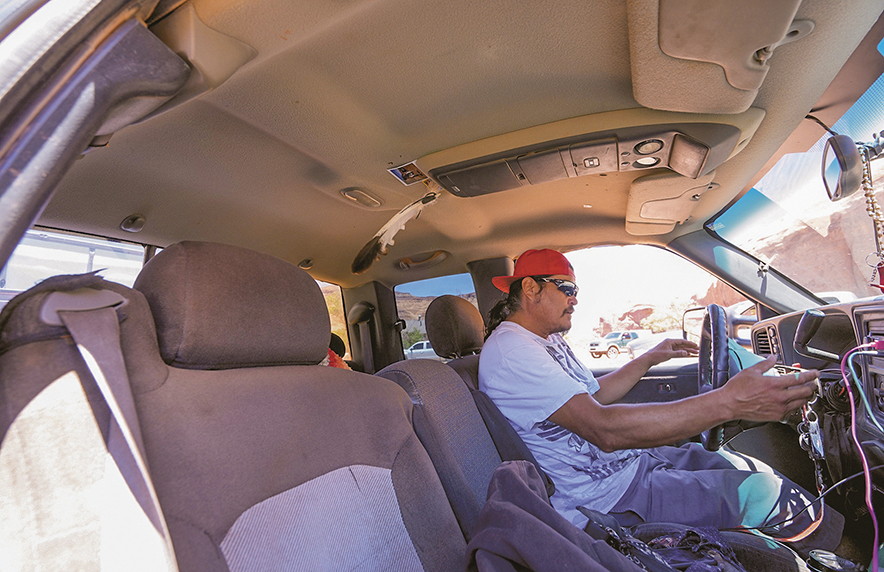
Special to the Times | Donovan Quintero
Tim Holiday from Oljato, Utah, puts his vehicle into drive after collecting 275 gallons of water on Sunday. Holiday said he was on his second water haul for the day.
Even the 100-degree temperatures, which will rise even higher as summer kicks in tomorrow, do not seem to damper their daily chores. And in the wake of a landmark water rights settlement between the Hopi and Southern San Juan Paiute tribes on the Arizona side, Navajos on the Utah side, whose own water rights were settled in 2020 with the state of Utah, don’t seem phased by what the tribe has called “historic.”
After all, they’ve yet to see any progress on their side of the reservation regarding the 27 billion gallons, or 81,500 acre-feet of water annually, that was promised them through their own historic water rights settlement.
On Sunday, a day celebrating fatherhood, Harry Nez, a father of four from Oljato, woke up that morning knowing he needed water. So, he strapped on his boots, got into his 1999 Chevy step-side pickup truck, and drove to the only area’s watering point, located not too far from the Goulding’s Lodge. Because he does not bide his time reading the news, he did not know too much about the settlement currently in the hands of Congress.
Watering point, waiting in silence
A second watering point, located at the Oljato Senior Center, about 10 miles from the one Harry Nez was at, has been broken since winter. The watering point was installed by the Indian Health Service during the COVID-19 pandemic to help mitigate the spread of the virus. A total of 58 were installed across the reservation. When the pandemic intensified the need for water in 2020, IHS erected transitional water points across the Nation using CARES Act funding. It is unknown if any or most of the IHS watering points are still operating.
Nez sat in his truck, his windows rolled down, and waited. Except for the occasional whir of an engine coming to life because of other waiting vehicles’ air conditioning, everyone, including Nez, waited in patient silence. He’s on his second haul, he added.
“I’m helping my sister-in-law, so this is the second trip. The first one was for the cows and horses,” he said.
Since he’s been helping his family and getting water for their livestock, Nez said he’s been hauling for three days straight, driving an average of 48 miles per round trip. For work, he gives tour guides to tourists visiting Monument Valley Tribal Park, which entertains more than 400,000 tourists annually.
Oljato is located in one of the driest regions of the Western United States, receiving an average annual precipitation of less than 8 to around 10 inches, as reported by the Navajo Nation Department of Water Resources. In response to the water needs in the area, the Navajo Nation DWR, in collaboration with the U.S. Geological Survey, investigated the hydrology and water quality of an alluvial aquifer near Oljato Wash, a tributary of Oljato, Utah. The study revealed that residents on the reservation rely on wells and springs for their water supply. However, local water sources are limited, and in some areas, the water quality was found to be slight to moderately saline, rendering it unsuitable for domestic purposes.
Supplemental water supplies, ‘good water’
A key concern highlighted by the Navajo Nation Department of Water Resources is the water supply adequacy for Monument Valley area residents. It was determined that developing additional local water sources is necessary to reduce the reliance on piped water and minimize water transportation for household use. Furthermore, supplemental water supplies are needed to cater to the growing number of tourists visiting the region.
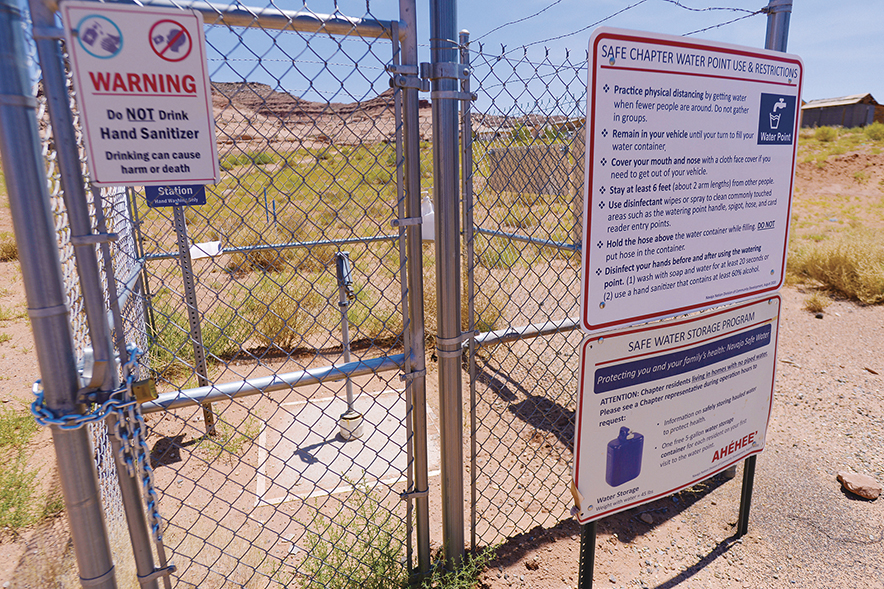
Special to the Times | Donovan Quintero
An Indian Health Service watering station sits unused due to it not working, according to local community members from Oljato, Utah. The watering station is one of 58 water points erected during the COVID-19 pandemic in 2020.
Lifelong community members like Harry Nez, however, did not seem concerned. Since he grew up in Oljato, he knew where the good drinking water was and where the bad water was.
“My house, where I live, I got running water, but where they live, they don’t have running water or electricity. All our lives, we’ve been doing this,” Nez said. “This is the only area that’s got good water.”
For Nez, the term Tó éí ‘iiná át’é, or water is life, is particularly true even though it is a phrase that the Navajo people did not create. For the Navajo people, he said water was tied more to Navajo stories.
“I only know that Coyote stole something very precious; that’s all I know about water,” Nez said, adding that those traditional Navajo stories could only be told during winter.
Currently, the tribe’s utility company, the Navajo Tribal Utility Authority, has about 39,000 customers throughout the reservation. According to the Indian Health Service, which established and erected 58 transitional water points across the Nation using CARES Act funding during the COVID-19 pandemic in 2022, identified communities where an estimated 200 households in Cameron, Dilkon, Leupp, Navajo Mountain, Oljato-Monument Valley, Kayenta, Shonto, Chinle, Tsaile-Wheatfields, Houck, and Chéch’iltah, did not have piped water. Overall, an estimated 37,000 people, or about 20% of the Navajo population in the Navajo Nation, lacked access to piped water service.
While elected officials plan to advocate Congress to approve the settlement, local Navajo people like Tim Holiday from Oljato, who also spent part of his Father’s Day collecting about 275 gallons of water, said he was on his second run hauling water for his mom and his trees.
“She doesn’t have running water or electricity,” Holiday said.
Read the full story in the June 20, edition of the Navajo Times.

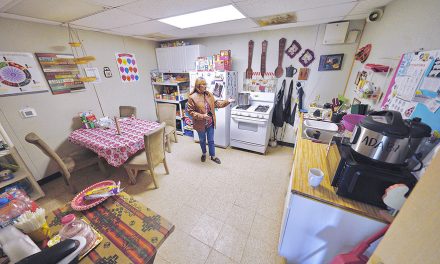
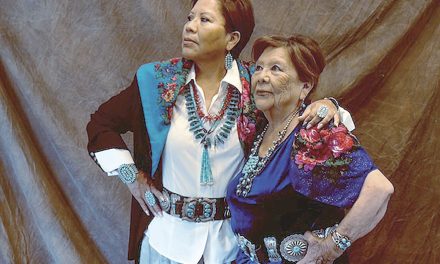

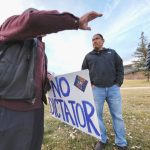



 Highway 264,
Highway 264, I-40, WB @ Winslow
I-40, WB @ Winslow